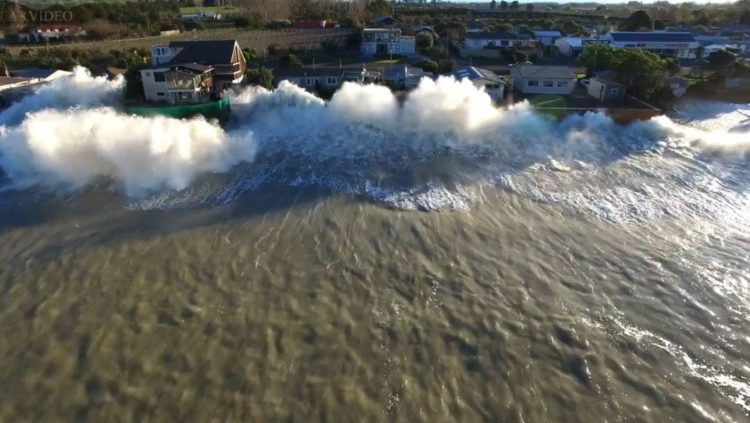气候变化的威胁与日俱增,例如风暴加剧、野火和海平面上升,在新西兰引发了关于自然灾害高风险社区有管理地撤退的辩论。以下是主要政党立场的简要概述:
- 绿党:
- 支持管理撤退的立法。
- 相信政府、议会和房主为需要搬出高风险地区的家庭分担费用。
- 主张限制灾害多发地区的开发,并确保议会的LIM报告包括对潜在购房者的危险警告。
- 反对政府补贴的保险。
- 工党:
- 辅助有节制的撤退动作。
- 没有具体说明支付责任或对风险发展的限制。
- 已经调查了某种形式的保险,以了解私人保险公司何时退出,但尚未明确表达其对政府补贴保险的立场。
- Te Páti Máori:
- 支持管理撤退立法。
- 倡导中央和地方政府以及社区搬迁的房主分担费用。
- 支持限制高风险地区的开发,并相信向购房者通报潜在的危险。
- 认可政府补贴的保险。
- 曾游说为没有保险的灾民设立 “基于股票的适应基金”,并提议设立10亿美元的毛利人Taiao救济基金,用于自然灾害后的恢复。
- 国民党:
- 支持管理撤退法。
- 提议由政府、议会和房主分担搬迁费用。
- 主张警告潜在购房者注意风险区域,并认为限制在被选为Cyclone Gabrielle收购的地区的进一步开发。
- 反对限制其他风险地区开发的新规定和政府补贴的保险。
- 行动党:
- 不支持有管理的撤退法。
- 认为政府、议会和房主应分担搬迁费用。
- 支持限制在提供 Cyclone Gabrielle 收购的地区的开发。
- 反对向购房者发出危险警告、进一步限制风险地区的开发以及政府补贴的保险。
- 提议废除现行的《资源管理法》,转而采用新的环境和城市发展立法。
在新西兰努力应对迫在眉睫的气候变化挑战之际,这个问题仍然存在争议,这迫使该国考虑为处境危险的社区做出艰难的决定
。





























































